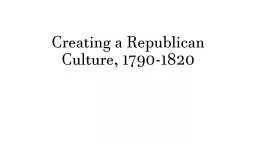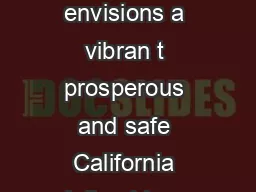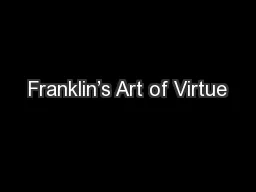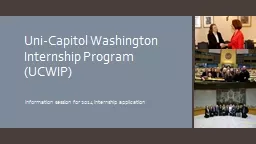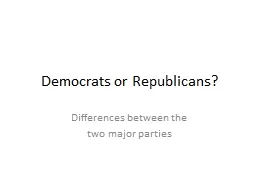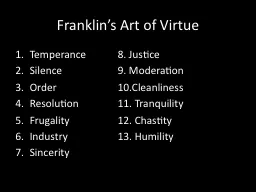PPT-Chapter 8 Creating a Republican Culture, 1790-1820
Author : tawny-fly | Published Date : 2018-10-26
The Capitalist Commonwealth Banks Manufacturing and Markets French Revolution triggered huge American profits John Jacob Astor fur and Robert Oliver merchant became
Presentation Embed Code
Download Presentation
Download Presentation The PPT/PDF document "Chapter 8 Creating a Republican Culture..." is the property of its rightful owner. Permission is granted to download and print the materials on this website for personal, non-commercial use only, and to display it on your personal computer provided you do not modify the materials and that you retain all copyright notices contained in the materials. By downloading content from our website, you accept the terms of this agreement.
Chapter 8 Creating a Republican Culture, 1790-1820: Transcript
Download Rules Of Document
"Chapter 8 Creating a Republican Culture, 1790-1820"The content belongs to its owner. You may download and print it for personal use, without modification, and keep all copyright notices. By downloading, you agree to these terms.
Related Documents

